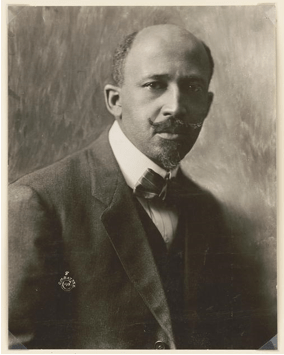Place, space, and memory. Those are the words that stayed in my mind during my Teachers in the Movement Institute experience. As a diversity practitioner, I recognize how these concepts impact my work. Our experiences are connected by systems and histories that pre-date the times in which we live. Hearing the experiences of educators of the Civil Rights Movement illustrates why it is important for educators to develop the lens to identify these connections. Reconstructing and renaming my work in the classroom is necessary to refine my lens.
At my school, I teach a semester seminar on a regular basis. A few years ago, I was asked to teach an English seminar on The Harlem Renaissance. I readily accepted the role when I discovered that the curriculum and plans were provided. Additionally, it was a junior-senior level class, so it did not require much grammar or composition instruction. Having undergraduate degrees in English and African-American Studies, I knew that I was familiar with the content and themes. With this in mind, I looked forward to exploring the literature and examining themes of identity and race consciousness with my students.
But on the first day of class, I realized that this was not possible. In my opening discussion, it was apparent that the students had no knowledge of African American history from 1865 to 1968. While they easily spoke of world wars, depression, and presidents, there was no understanding of what life was like for African Americans during these years. Their knowledge of African American history consisted of Harriett Tubman, Rosa Parks, Dr. Martin Luther King, Jr. (and soon to be added President Barack Obama). When asked what they knew about the Harlem Renaissance, some were familiar with Harlem, while others knew of Langston Hughes.
At this point, I had to make a decision. I could move forward with my syllabus and stay on schedule or I could change course. To make my decision, first I had to examine the type of learning experience I wanted for my students. I knew students could not understand or engage in the literature without understanding the context in which it was created. An understanding of the racially inequitable systems and the history of the time were integral to truly teaching the literature.
I returned to class and utilized an inquiry-based approach. I wrote the dates 1865-1968 and the questions: “What are you wondering about African Americans during this period and what would you like to know?” on whiteboards. This provided a launching point for engagement, instead of highlighting a deficit. Students wrote their answers on the board and participated in a class discussion in which we grouped the answers by topics or themes. My next step was to use this information to develop a new syllabus and description.
This new course format provided the necessary balance of utilizing history to understand the context while exploring the literature as a new expression of African American culture. At the end of the semester, I reflected on the process of having to develop the course in real time. Aside from academic growth, I believe education must be responsive to meet students where they are and deepen their understanding, while providing them space to grapple with new ideas and make connections. I realize that this classroom experience from several years ago was actually my own reconstructing process. While that experience was a success, it also left me with questions about the content and application.
During the Institute, I realized that I was discovering my answers. While I took the initial step of reconstructing the class, the next step is the renaming. This fall, I will teach an English seminar on “The New Negro Literature Movement.” This title reflects that the literature produced was not limited to a geographic area or sudden rebirth; it was a movement resulting from the awakening of a new consciousness. This new consciousness was formed by the historical events that preceded this time and continued to influence the events that occurred as the movement transitioned. Students make connections to the present by examining and critiquing contemporary hip hop music based on the “Criteria of Negro Art” written by W.E.B. Du Bois in 1926.
The reconstructing/renaming process has provided a wider scope to my work than just “teaching a class.” My view is not limited to what is provided by place, space, and memory. It is about discovering what is unknown and bringing those experiences to the center. As a result, I have also reconstructed and renamed my classroom place, space, and memory.


